Nature is all about balance. Fir foliage gives way to Birch forest and Pine trees in turn occupy this. These are logical moves and therefore it is balanced and an entire ecosystem depends upon these forests and their changes. These changes are systematic and follow a definite formulated pattern staying inclined to the ecosystem. Therefore, it is a dangerous ploy to should cut down diverse old-growth forests and replace them with tree plantations and it is dangerous to play with nature, particularly soil.
Soil pollution occurs over an extended period of many years. A young soil gets many of its characteristics and features from its parent soil, which is the soil where it originated from (Bridges, 1997, 18). As it forms and changes, it obtains nutrients and other organic matters that help it grow and develop. Soils are considered mature when they have obtained the necessary nutrients and organic matters to make them equal to other soils in their environment.
Over the past million years in southern England, a variety of changes has occurred in the climate, which has caused a change in the soil. At the same time, there has also been an increase in the population and a change in the way individuals make a living and support themselves and their families. (Lamb, 2004) The first people to live in southern England were hunters and gatherers, but they slowly evolved into farmers, as more people inhabited the area and methods of farming improved. Later, another change occurred with the coming of the Industrial Revolution, which changed farmers into industrial workers. These changes, along with climate changes have had an impact on the soil in southern England (Jarvis, 1984, 12).
The ice age made an important contribution to the soil of southern England by bringing in new soil. The ice and snow covered the area and was brought from the north, and with it came a large amount of debris that included fine particles. Alongside, small rocks and even huge boulders also came (Bridges, 1997, 36). After the ice melted, the debris remained there and became embedded in the soil. This provided the ground with a large amount of parent material in which young soil was able to begin formation and maturation. In certain areas, the effects of the ice age on soil and landscape can still be seen today.
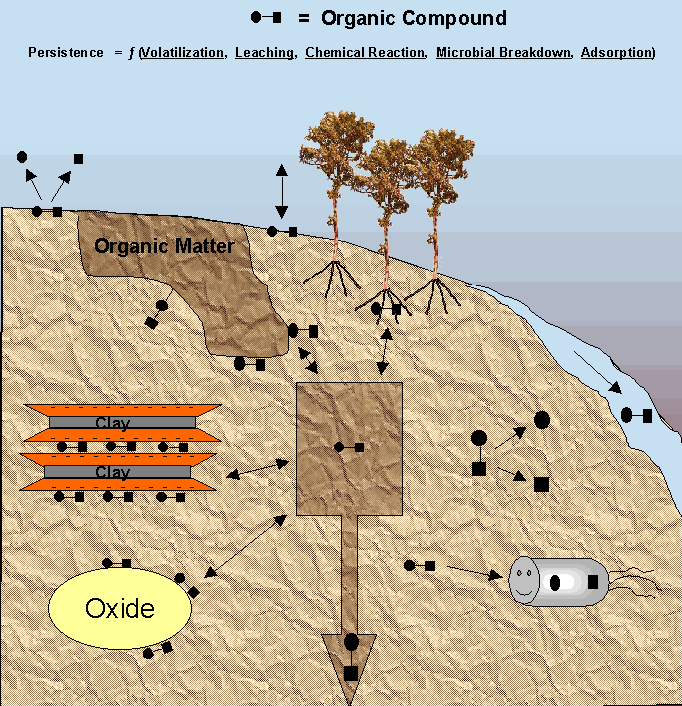
After the ice age passed and the climate changed to warmer weather, people started migrating from other parts of Europe into England. This was considered the Neolithic period and started around 4500 B.C. This period was essentially similar to the Stone Age when houses, buildings, fences, etc. were all constructed out of rocks and stones. Many of these structures still exist, while others have been torn down or broken apart.
This had an impact on the soil in southern England, due to the fact that remnants of this period, in the form of small rocks can be found embedded in the soil in certain areas. In addition, during this time and even into the Bronze Age, individuals moving to England were beginning to develop agriculture fields. These early farmers affected the soil on their land by using domestic waste as fertilizer to provide extra nutrients and organic materials to the soil and the crops they were trying to grow. (King, 2006)
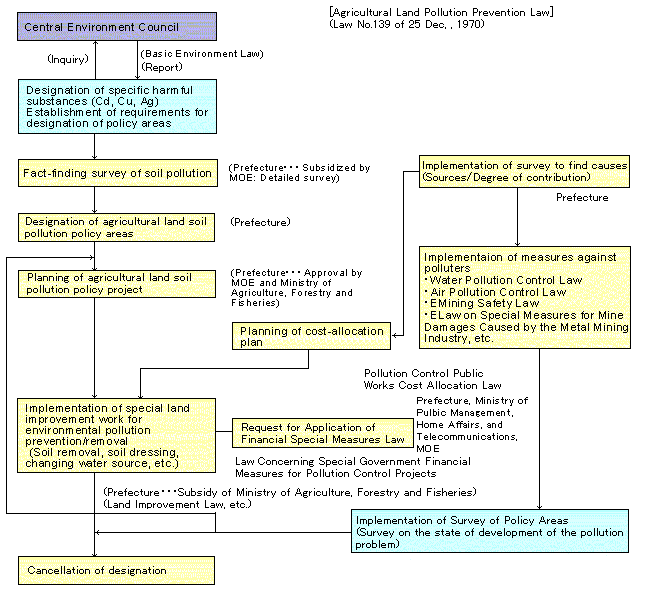
In addition to using fertilize during the Bronze Age to change the soil, tools, such as the plough, were introduced that assisted individuals in developing fields for agriculture. This led to farmers having the ability to grow a crop, plough the ground, and immediately replant a new crop. The constant presence of plant growth on the same site repeatedly ended up robbing the soil of important nutrients and organic matter, which led to the exhaustion of the soil (McRae, 1988, 158). Without proper nutrients and matter enriching the soil and thus enriching the plants, crops and other vegetation did poorly growing in the soil.
During the Iron Age, some people started abandoning their farms and agriculture fields due to the problems they encountered with soil exhaustion during the previous time. In certain areas, this was a benefit for the land and the soil, as it gave the soil a chance to rejuvenate itself. However, those farmers and landowners who had not abandoned hope on their crops switched from using domestic waste to fertilize their land to using animal waste, such as manure.
They found that this worked much better in providing nourishment to the soil and in helping to produce rich plant and vegetation growth. Another important part of the Iron Age was the production of items using iron and other metals. As individuals produced items made solely out of iron, small pieces of iron would end up in the soil. In addition, items made out of iron were sometimes discarded in the soil, and this affected soil formation. As items or pieces of iron became embedded in the dirt, the soil would use the iron from these items to add to its content (Bridges, 1997, 57).
More and more people abandoned their farms or small villages where they resided during medieval times in southern England. This was due to a variety of reasons such as soil exhaustion and exchanging growing plants for animals. Whatever the reason for an individual’s leave, it did benefit and assist the soil is changing, as the soil had the time to obtain much-needed nutrients and organic matter that enriches the soil and aids in its formation and change. During this time, however, a horrible tragedy struck not just England, but countries all over the world. It was the plague, often referred to as the Black Death. It killed many people and even had a profound effect on the soil. A large amount of dead, contaminated individuals being placed into the ground, provided for diseases and contamination within the soil. (Kar, 2006)
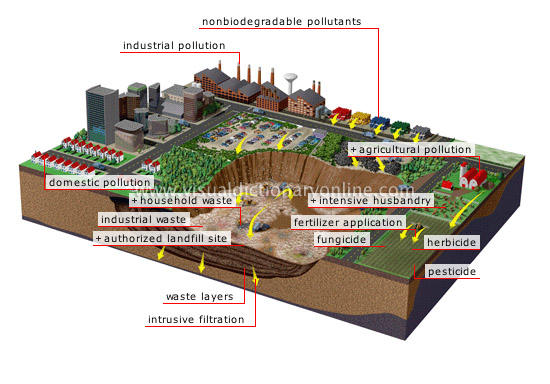
Another change in the soil came about with the reclaiming of the wetlands in southern England. Wetlands are very beneficial to soil, as they help entrap organic matters, sediments, and nutrients that the soil can use that would otherwise be eroded away. By being able to contain all of these, wetlands provide the opportunity for plants and wildlife to grow in abundance. Scientists that work to develop and maintain these are doing their part to help fight erosion as well as poor soil.
One of the current trends in soil formation, change, and rejuvenation is the development and creation of the floating water meadow. These are created when a source of water, such as a river, is rerouted or diverted in order to flood an open field or meadow with a massive amount of water. By flooding the area, it has been shown that soil is enriched and the fertility of the soil is improved. This in turn has an effect on the plant life and vegetation as it helps it grows better (McRae, 1988, 103). In addition, floating water meadows also provide important habitats for wild animals.
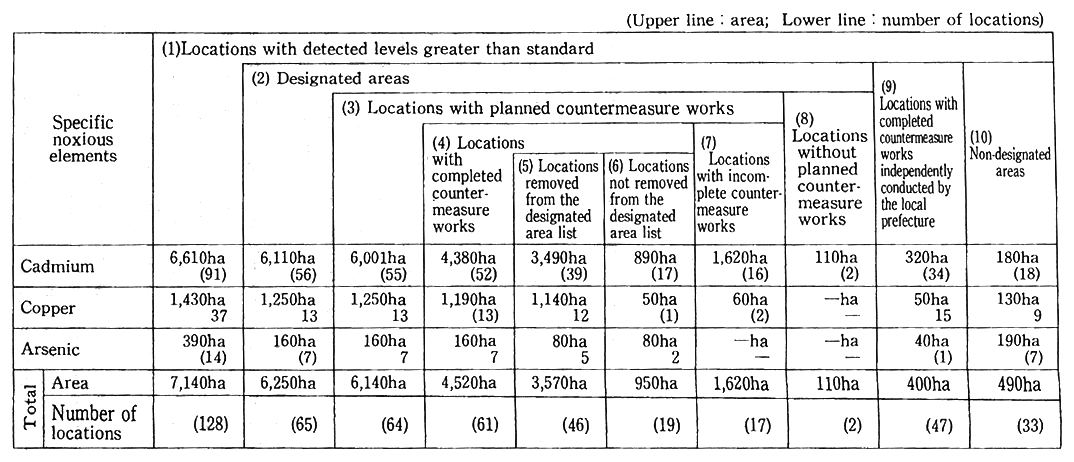
The latest climate change to affect the soil of southern England is relatively new, as research studies were just released within the past year. According to scientists, the soil in southern England is losing carbon (“Climate Change,” 2005). In addition, after conducting samples from test sites all over the country over the past 25 years, researchers have determined that the average temperature has raised leading to the greenhouse gas effect (“Climate Change,” 2005).
The warmer temperature of soil means that less precipitation is being absorbed and retained by the soil, thus lowering the soil’s moisture content. This is evidence that even a small change in climate, such as a one-degree rise in temperature, has a huge impact on not only soil but also the environment in general. This is why scientists and researchers are very concerned about global warming and the effects it will have on our environment. (King, 2006)
From an area buried in snow and ice to a fabricated flooded water meadow, the soil in southern England has seen a variety of changes over the past million years. While some of these changes have been due to human effects, a large number of them occurred thanks to the environment and climate change. Changes in precipitation, temperature and even wind can all have an effect on the landscape and soil of an area. Climate changes will continue for many years, and they will continue to affect the soil, as the most recent research on England’s soil losing carbon has shown. It is up to scientists, researchers to continue their research into soil formation, and change, as it is important that we understand how each variable of climate change affects the process of soil maturation.
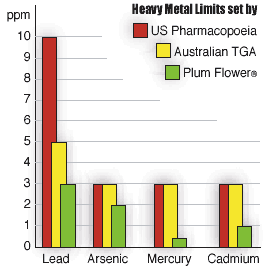
However, Nature is a wonderful tool that heals all by itself and it is a very well known fact. It is said that if nature is provided with enough time she would heal herself and that includes the effects of human activities too. However, the basic question to this argument is the time duration or in other words what is the time taken to heal such wounds? It has been estimated that the unknown civilization that was wiped out of Easter Island was due to deforestation. Human interventions devastated the ecology and subsequently themselves and still, after about 1000 years, the island is still grassland with little foliage.
References
Bridges, E. M. (1997). World Soils. Cambridge: University Press.
Ctv; (2005); Climate change causing soil to lose carbon: study; CTV.ca. Web.
Jarvis, M. G. (1984). Soils and Their Use in South East England. Soil Survey of England and Wales, Harpenden, Herts.
Kar, P; (2006); History of Industrial Economics and Related Applications; Kolkata: Dasgupta & Chatterjee.
King, H; (2006); Ecological Principals; Auckland: HBT & Brooks Ltd.
Lamb, D; (2004); Cult to Culture: The Development of Civilization; Wellington: National Book Trust.
McRae, S. G. (1988). Practical Pedology. New York: Halsted Press.
White, R. E. (1987). Introduction to the Principles and Practice of Soil Science. Oxford: Blackwell.